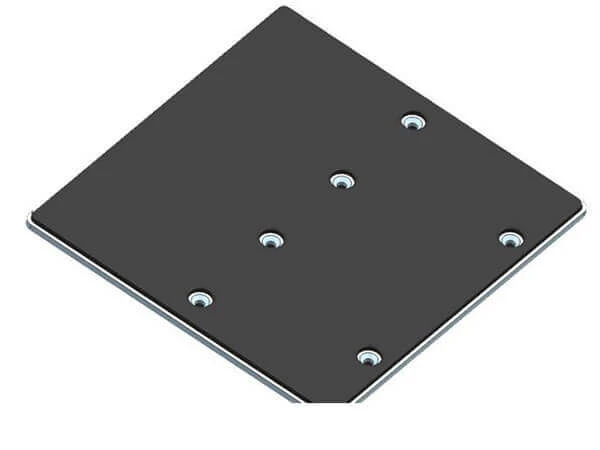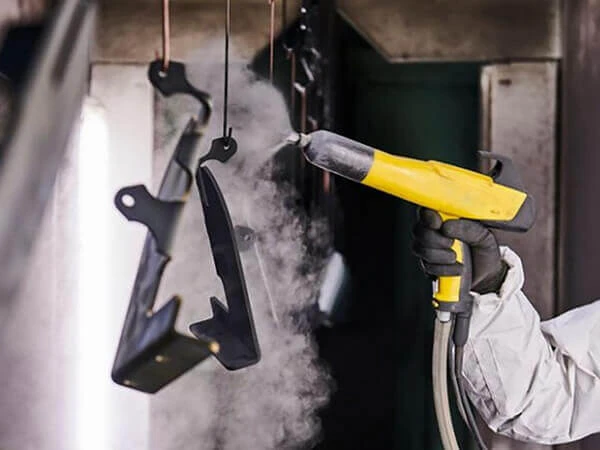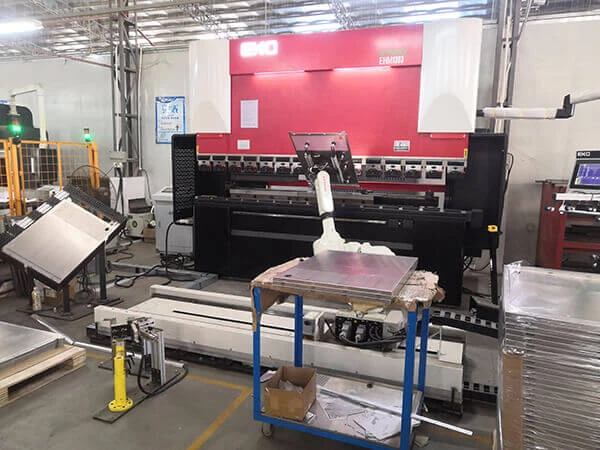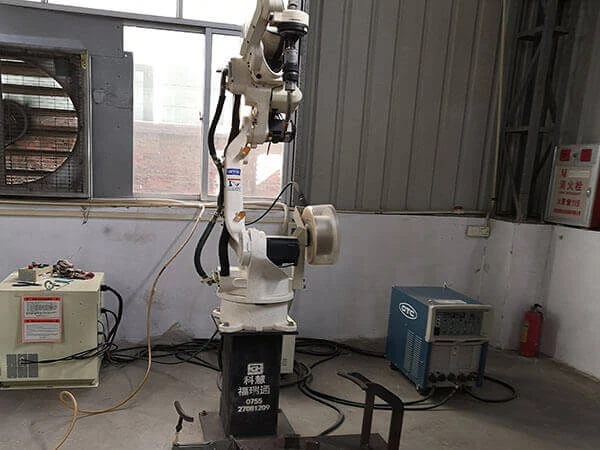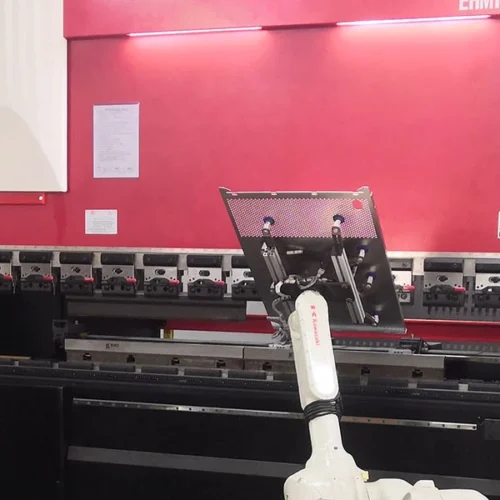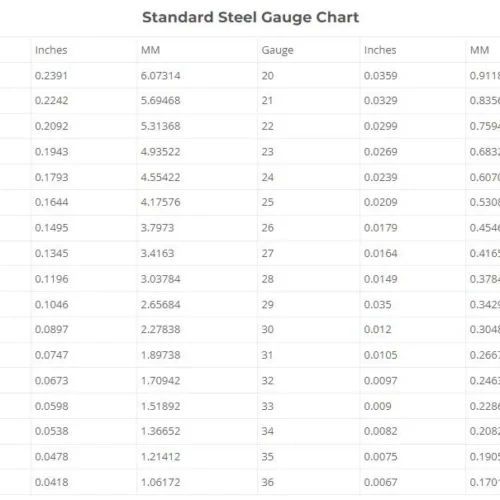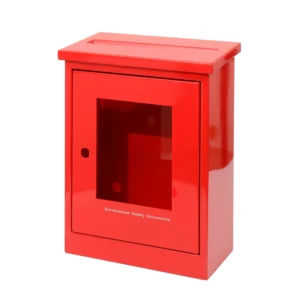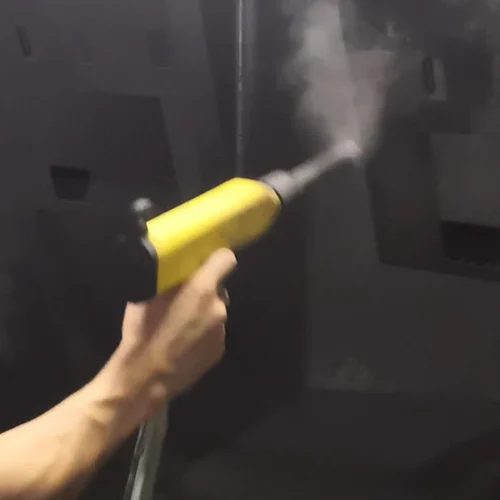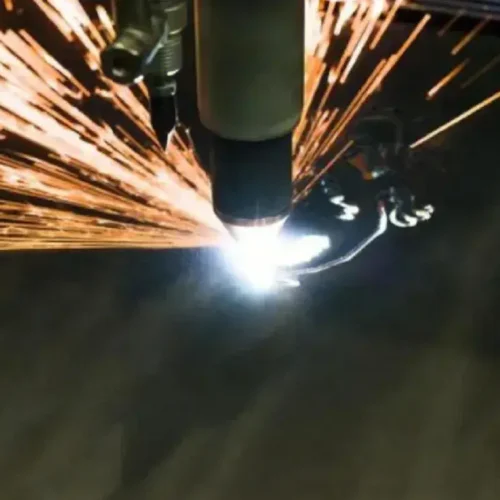Sheet Metal Bending Service
When it comes to choosing the right sheet metal bending service to work with, you should know that there are a few things to consider. The first and most important thing you should look for is a company that has experience in the business.
This means they should have the skills to work on your type of material and give you the best results possible. You should also look for a service that can bend your metal to a specific shape.
Are you looking for a qualified sheet metal fabrication subcontractor? If it’s Yes, Shengen will be your top choice!
Sheet Metal Bending Service Overview
Sheet metal bending services are often necessary for the process of constructing and manufacturing different types of products. And sheet metal is a type of metal that is thin, flat, and can be easily shaped. This type of material is made from a variety of metals, including steel and aluminum.
The most common use for sheet metal bending services is to create curved surfaces. This process can be difficult if the sheet metal has a complex shape or if it needs to be bent into a tight radius.
Sheet metal bending services are often used in the construction industry because they can create intricate shapes that would not be possible with other methods, such as stamping or rolling.
Sheet metal bending can be done by hand or with the use of machines. Some common equipment includes box and pan brakes and a press brake. These devices provide support and ensure a smooth curved bend.
How to Bend Sheet Metal?
It would be better if you knew a few things about sheet metal bending. Depending on your material, there are a few different methods you can try. For example, you can use pliers or a hammer to bend the material.
It’s also important to understand how much you’re stretching your sheet metal. You can use a bend allowance chart to figure out how much you’re bending it. But calculating the exact number isn’t that easy.
To figure out the correct bend allowance, you’ll need to calculate the radius of the bend. The radius will depend on the type of material and tooling used.
Generally, you’ll want to try to keep your bending tool at a minimum distance of two-thirds of the material’s thickness. This way, you can be sure your bend will be as smooth as possible.
In addition, you’ll want to know about the properties of different materials. When performing sheet metal bending, the grain size and the thickness of the material are both important.
The best sheet metal bending technique depends on several factors. Among these are the materials used, the size and thickness of the sheet, and the intended purpose.
- The first method of metal bending, the coining operation, makes the most of the space between the sheets to form a distinctive design. This technique requires a small set of standard punches. However, it is one of the least accurate and will require a lot of reorientation time.
- The second method of metal bending, the rotary bending method, aims to bend sheet metal into sharp corners. In addition, it produces scratch-free results.
- The third method of metal bending, the air-bending operation, focuses on a less accurate approach. While the result is the same, it is done with lighter tools and a smaller amount of force.
Advantages of Sheet Metal Bending
Sheet metal bending is the most popular process in automotive factories because of its efficiency and low production costs.
- The advantages of metal bending are that it is a cost-effective solution for manufacturing,
- Sheet metal bending is also an excellent choice for producing complex shapes.
- This process produces a strong finished product that has a long life span.
- Sheet metal bending allows intricate parts to be created with precision and accuracy, which cannot be achieved through other processes like stamping or welding because these processes require the use of templates.
It has been used by industries such as aerospace, appliance manufacturers, and construction companies to create new products or improve existing ones.

